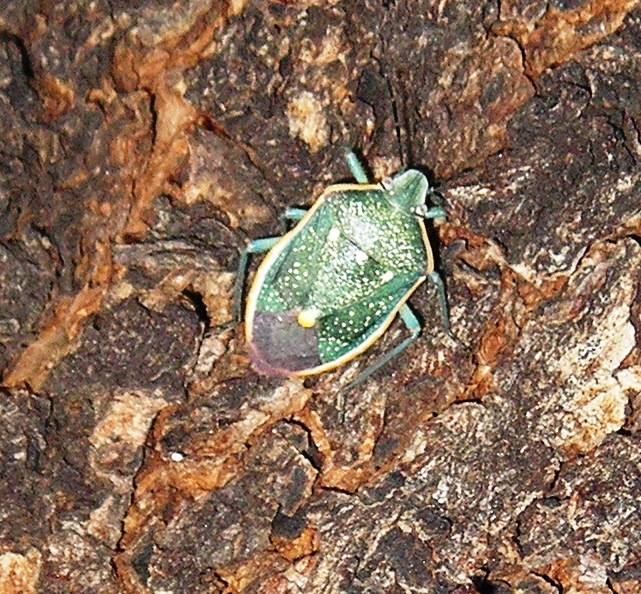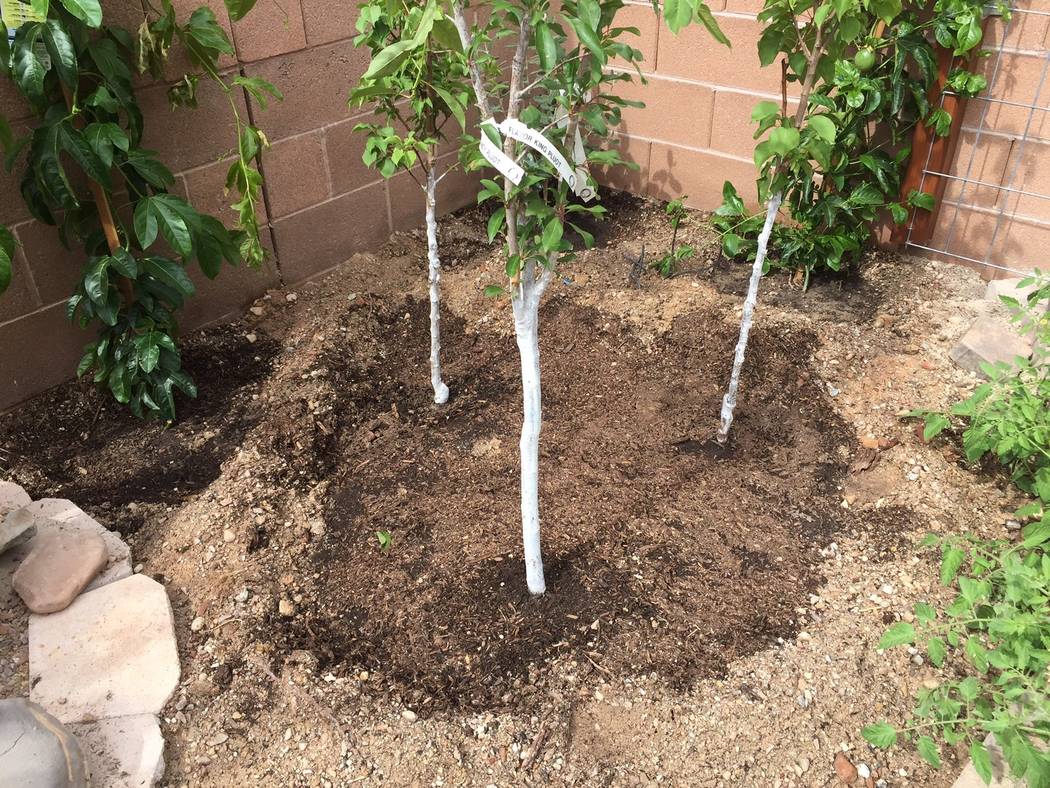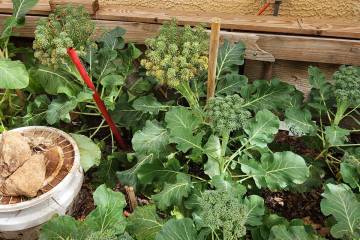Garden produce attracts foraging gray rats
Q: Once again I had a fairly good crop of tomatoes this year. One problem, though, a lot of ripe tomatoes are disappearing overnight. Are gray rats known for foraging and consuming garden produce? I spotted one about a week ago going over a side wall in my yard.
A: Yes, rats love ripe tomatoes, many other vegetables and tree fruit. I understand the chicken wire you put around the vegetable garden areas didn’t keep them out, but the rat traps inside the chicken wire worked.
There are several types of PVC tubing rat traps that can be made. Google the words “PVC rat trap” in your favorite search engine, and several ideas will pop up. One might fit your needs.
The biggest problems with rat traps are that the bait used might poison innocent animals, and the poisoned rat itself might serve as a food source for other animals. It’s best if the poison bait and poisoned rat are kept out of reach of other animals so they don’t become “collateral damage.”
Q: I found several half-inch, triangular-shaped green bugs on the wall of my house near my grapes. I searched the internet but could not find one similar. Does it look familiar to you? If so what is the best control?
A: This is a green stink bug. You can see a picture of it on my blog. These insects, using their hypodermic-like mouth, commonly feed on fruit, buds and leaves. You had a brown stink bug last spring as I remember — the same type of mouth and the same type of damage.
The brown stink bug caused fruit and flower buds to drop from your fruit tree in early spring because of their feeding damage. This was before the fruit was present. With fruit present, stink bugs cause other types of damage.
Now you have green stink bugs. In the early spring, their feeding causes buds to drop as well, just like the brown ones. Fruit trees are now into fruit development.
Feeding on developing fruit when they are still small and immature can cause them to drop as well. Feeding damage when they are a bit larger can cause “dimples” on the fruit surface where feeding occurred as the fruit becomes larger and matures. Under wetter environments, they cause fruits to rot on the tree.
If it’s just one or two insects on the property I would ignore them, but if you see many of them and you fear damage to your fruit trees, it’s best to get them under control.
Handpicking or vacuuming them with a cordless vacuum is probably the easiest and safest method if there aren’t many of them. Otherwise, sprays containing pyrethrum or synthetic pyrethroids, soap and water sprays or oils might do the trick.
Use oils only during cool temperatures. Synthetic pyrethroids listed in the ingredients of garden sprays usually end in -thrin if you elect to go this route. Make sure to follow label directions.
They are attracted to lights at night and might camp out on a wall near an outside light. Use an outside light, at night, shining on a bed sheet to attract them. Once they are attracted by the light shining on a wall or bed sheet, you can dispose of them easier than trying to find them hiding in your fruit trees.
Q: I planted three container fruit trees 2 feet apart in one tree well. I got this idea online from Dave Wilson Nursery. I used 100 percent compost and did a 50/50 mix with the soil from my planting hole. I was curious whether I should summer prune or wait until August to prune new growth. What about fertilizer?
A: Any minor pruning with hand shears can be done anytime. If it requires more than this, then wait until winter.
More than one fruit tree can be planted in a single hole for a sequential harvest of fruit during the year. Multiple trees that produce similar fruit at different times occupy the same space. This helps eliminate the problem of having too much fruit from a single tree all at once.
Commonly, an early fruiting tree is planted in the same hole is one that produces fruit midseason and a third or even fourth one that produces later in the season.
Planting is the easy part. Managing them so they don’t “fight with one another” in the years to come is the hard part.
During the first year of growth, concentrate on letting the tree get its roots established. Don’t worry about pruning unless there is a big problem you must address. Train them to occupy the spaces they are given by pruning and not invade the space of a neighboring tree.
All the trees planted in a single hole should collectively produce a single, round canopy. Prune the tree to occupy an equal portion of that round canopy.
If there are three trees, each tree is allowed one-third of the canopy space. Four trees? Each tree gets only a quarter of the canopy. Maintain a 2-inch separation, a “no man’s land,” between canopies of the trees. All trees should be maintained to the same height.
Remove any major branches going in the wrong direction this winter. Also, consider whitewashing the trunk and major limbs to avoid sunburn on these branches. These trees should develop a full canopy this year that helps shade the interior from hot, direct sunlight.
Compost, mixed with soil taken from the hole in a 1-to-1 ratio, will supply the tree with enough nutrients for the first two years if you used good quality compost. It might even be sufficient to last three years. But good-quality, 100 percent compost is hard to find.
Most so-called compost can be a mixture of compost with sand, actually a soil mix rather than compost. Make sure it is a rich, 100 percent compost, or the nutrients might only last one season, if that.
Look at new spring growth next year. If it is strong, hold off fertilizing until early spring of 2019. If this advice makes you nervous, fertilize lightly early next February, applying it to the soil along with chelated iron such as iron EDDHA. Make sure both are lightly watered into the soil.
Apply a 4-inch layer of wood chips on the surface of the soil surrounding the tree without this mulch touching the young tree trunk. Mulch lays only on the surface of the soil. Spread this woodchip mulch under the tree a distance equal to the size of its canopy. When the tree gets older, mulch should cover at least half the area under its canopy.
Bob Morris is a horticulture expert and professor emeritus of the University of Nevada, Las Vegas. Visit his blog at xtremehorticulture.blogspot.com. Send questions to Extremehort@aol.com.
























